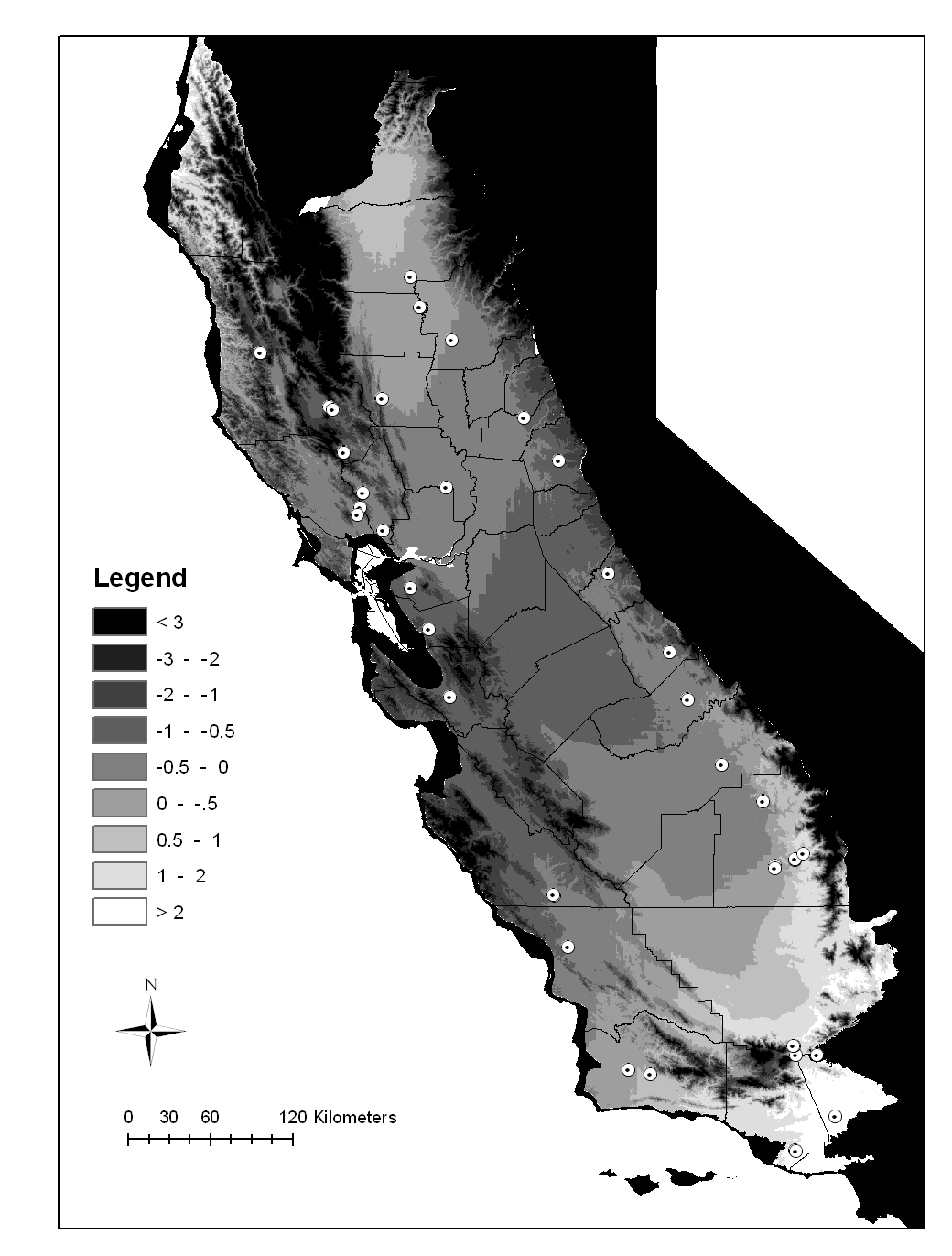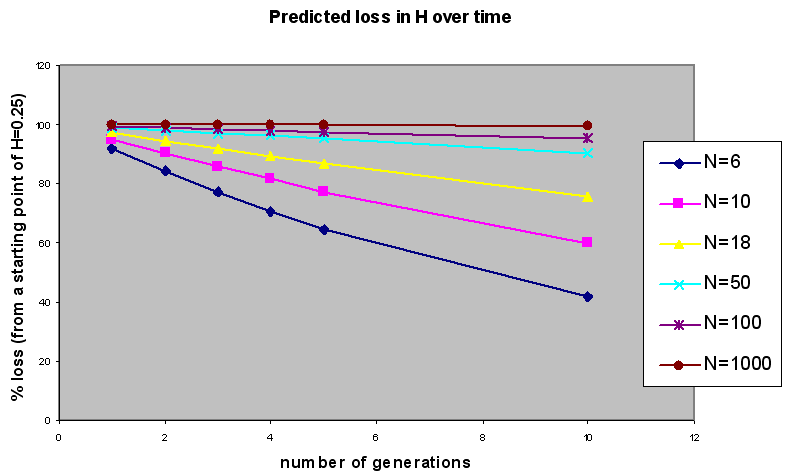
A. What is conservaton genetics
- Study of genetic processes within and among populations that underlie long-term sustainability of populations and species
- Genetic processes that can increase extinction risk
- Genetic processes associated with adaptation to local environment
B. What does it encompass?
- Preservation of genetic biodiversity
- Preservation of adaptive genetic variation
- Genetic management of small populations
- Definitions of management units
C. Key concepts
- Genetic diversity
- Effective population size
- Inbreeding and inbreeding depression
- Adapative variation
- Evolutionary hotspots
- Evolutonary management units
D. Evolutionary forces and conservation
Genetic drift
- Chance sampling of genotypes from one generation to the next
- Important in small populations
- Loss of advantageous alleles
- Fixation of deleterious alleles
- Estimated by measuring the "effective size of populations", Ne
- defined as size of idealized population where all individuals are randomly mating
- Founder effects are special case
Natural selection
- Differential survival and reproduction of individuals with genotypes that are adapted to a specific environment.
- Loci affected by natural selection represent "adaptive variation".
- Affects fitness of populations
Gene flow
- Exchange of genes between populations
- Influences degree of divergence
- Source of genetic variation for local populations
- Reduces local adaptation
- Animals: movement of individuals
- Plants: movement of seeds and pollen
1. Genetic variation is the "stuff of evolution"
- Fisher made the point that evolutionary change occurs in proportion to the variance.
- Loss of adaptive genetic variation may affect population fitness.
2. Markers used to estimate genetic variation
a. visual traits
b. blood groups (enzymes)
c. allozyme variation (enzymes): common
d. molecular variation: more common now
- microsatellies DNA markers
- nuclear, mitochondrial, and chloroplast
- locus with short tanden repeat DNA sequence, such as AC sequence repeated different times
- very informative genetic markers
- ofter species, or genus specific
- gene sequences
- useful for identifying evolutionary lineages
- evolutionary management units
- single nucleotide polymorphisms (SNP)
- a position in the DNA where 2 or more alternative base pairs can be found
- used in model organisms
3. Statistical measures used to estimate genetic variation
Polymorphism (P): Percentage of total loci that are polymorphic at a specified criteria.
"Genetic diversity" -- a term often used to describe extent of variation in a population
- average heterozygosity across set of loci
- expected heterozygosity
- allelic diversity

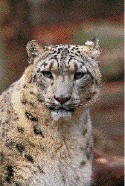
1. Definition: the effective number of randomly mating interbreeding individuals
2. Influenced by:
a. sex ratio--Ne is reduced if number of males and females is not equal

Example:
If 1 male and 99 females, Ne = 3.96
If 25 males and 75 females, Ne = 75
If 50 males and 50 females, Ne = 10
b. population size from generation to generation
Northern elephant seal
- Reduced to 20-30 individuals due to overhunting
- Recovered to 100,000 indiviudals
- Let's say pre-hunting population size was 100,000 for one generation
- Then, N1=100,000; N2=20, N3=100,000
Genetic bottleneck resulted in Ne ~ 50 individuals
==> ~1% of arithmetic mean
D. Effect of family size on Ne
1. For idealized populations size, variance in family size=2
2. Variation in family size can increase or decrease effective population size.
3. Different species of plants and animals have different mating systems
mean mean variance variance Species on left might be a monogamous bird species; species on right might be a mammal species with dominant male.
Table. Illustration of effect of variation in family size on Ne.
variance Nc Ne Ne/Nc 0 100 200 2.0 1 100 133 1.3 2 100 57 .1.0 5 100 57 .57 10 100 33 .33
Example 1: Darwin's Cactus finch
- variance in family size: 6.74
- Ne/Nc = 4/(6.74+4) = .46
Example 2: Asiatic Lions
- Average family size: 1.64
- Variance in family size: 32.65
- Ne is 8% of census population!
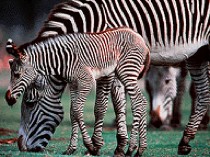
- Definition: reduction in viablility, birth weight, and fertility due to breeding among relatives
- Causes: expression of deleterious alleles at one or several genes
- Recommendation for captive animals: breeding programs must be designed to reduce or avoid ID
Example: Przewalski's horse
- Providing early evidence for inbreeding in zoos
- original wild horse
- inbred in zoos
- now re-introduced.
http://www.treemail.nl/takh/horse/index.htm
1. Study by Katharine Ralls and Jonathon Ballou
Success story: Dorca's Gazelle
|
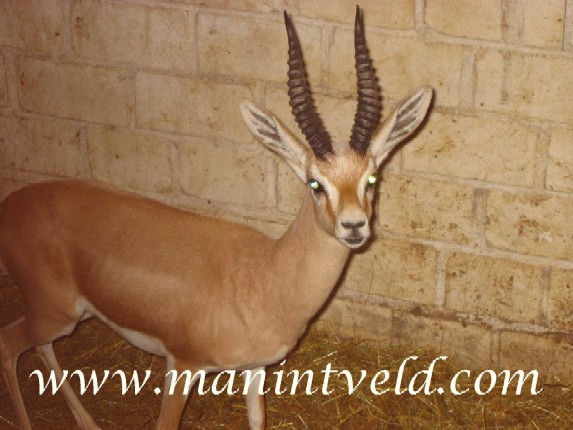 |
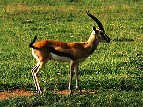 |
Example of Solution: Speke's Gazelle
|
RESULTS:
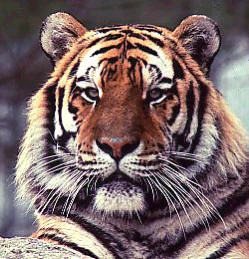 |
|
A. Extent of captive breeding
245 threatened vertebrate species
Few invertebrate
Many threatened plants
Kew Gardens 2.7K species
Center for Plant Conservation, USA 600 spp
B. Genetic deterioration in captivity
• Inbreeding depression
• Loss of genetic diversity
• Mutation accumulation
• Genetic adaptation to captivity
A. Phylogenies and management units
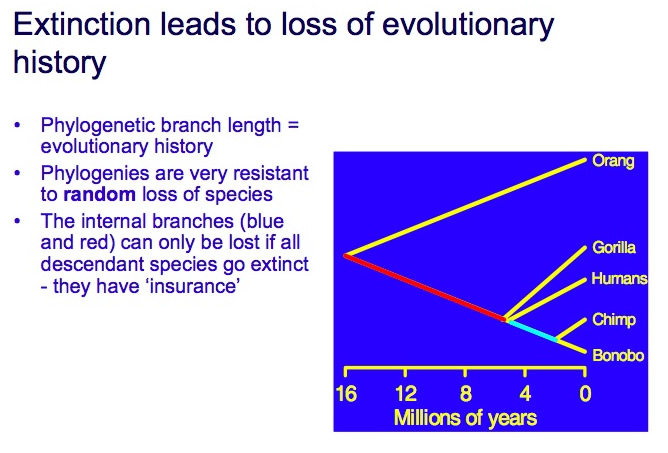
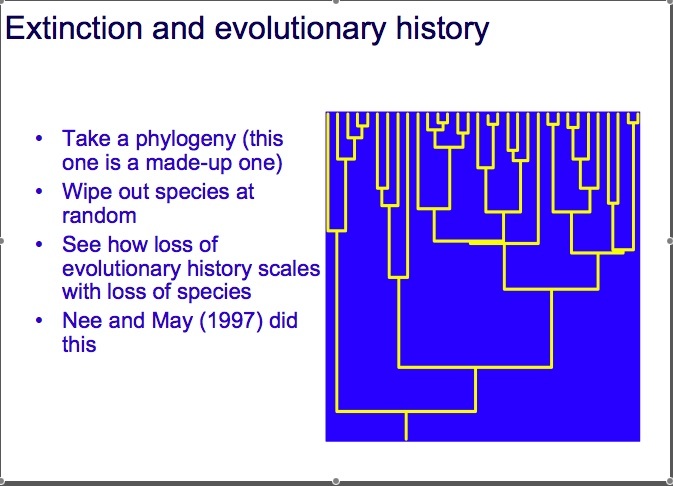
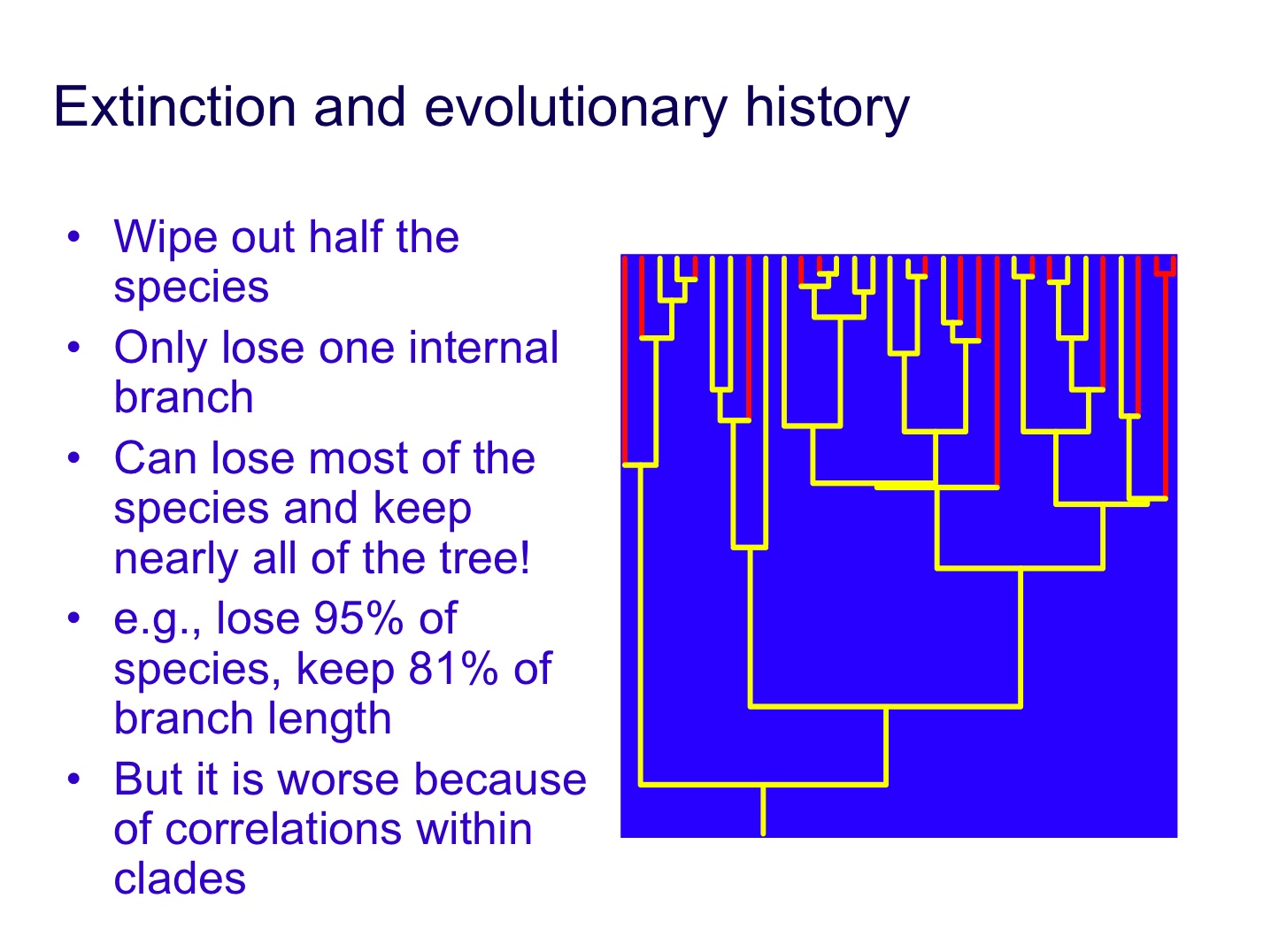
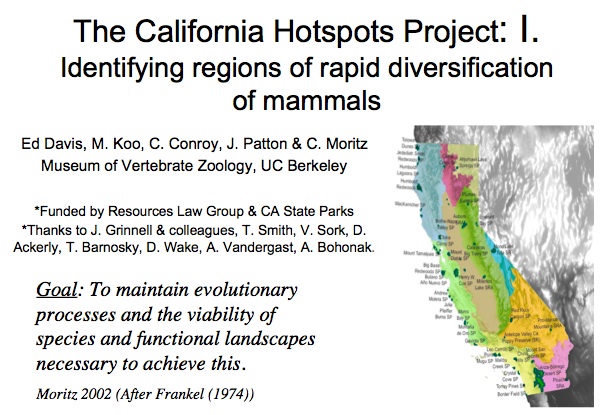
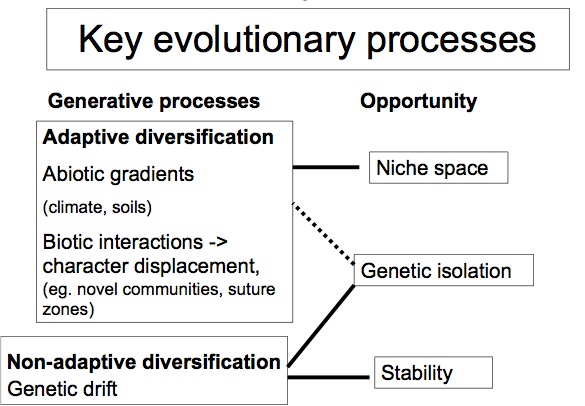
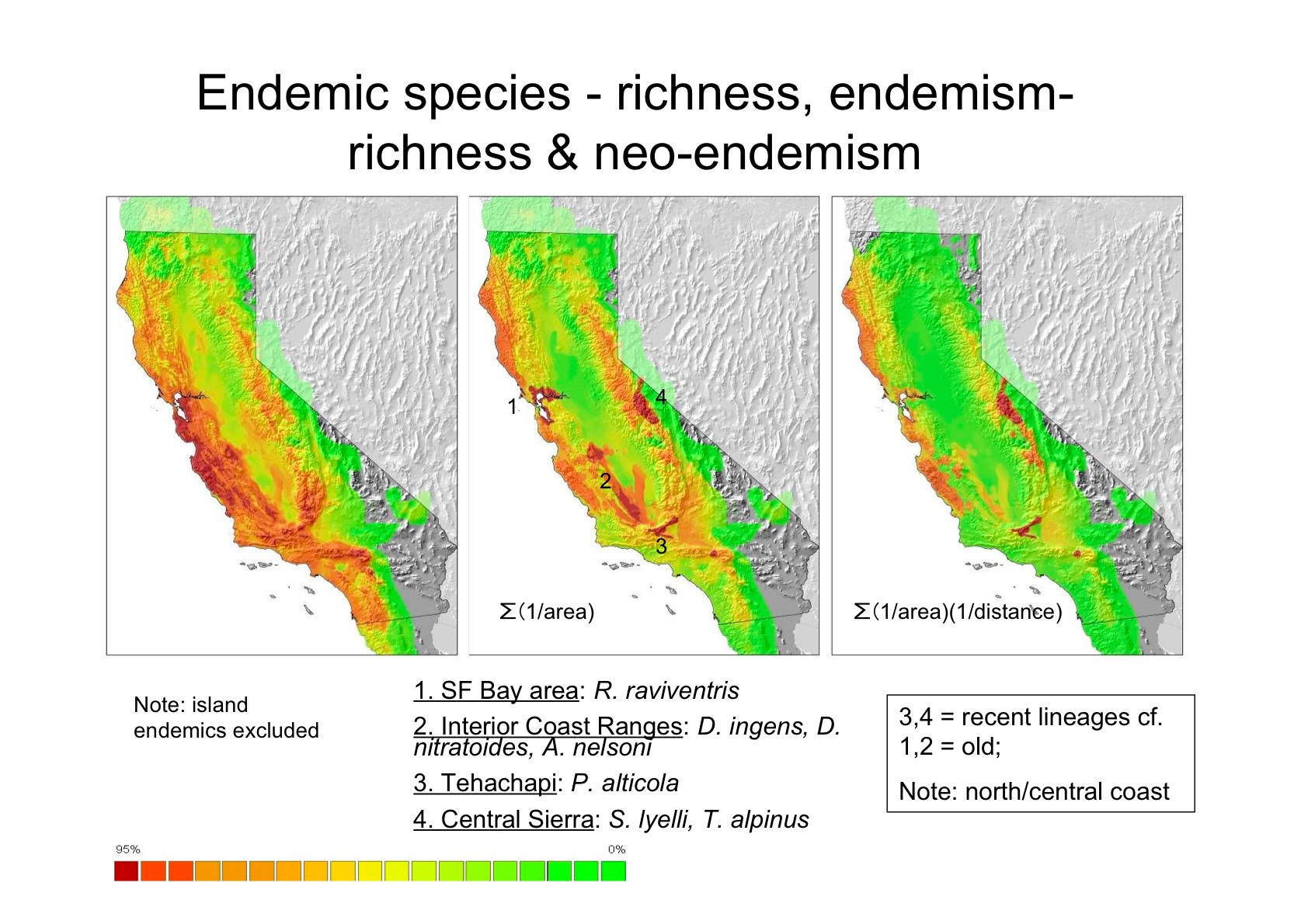
1. Study of the distribution of cp markers to look at areas of evolutionary history
2. Sampled throughout range of valley oak
3. Result: similar areas of high genetic gradients as seen my mammals
(in map, dark areas show high gradients)
